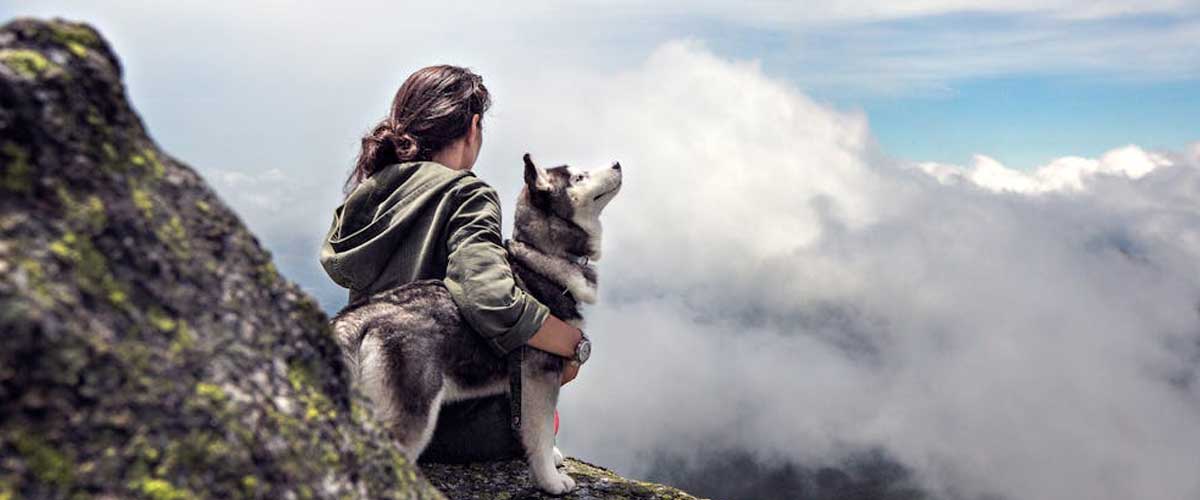Mountain rescue operations often take place in challenging terrains, where human rescuers face significant risks due to weather and landscape conditions.
In such scenarios, the true heroes frequently have four paws and a wagging tail—mountain rescue dogs.
These specially trained canines have become invaluable members of search and rescue teams, using their remarkable senses and abilities to help locate lost or injured individuals in the wilderness.
The Role of Mountain Rescue Dogs
Mountain rescue dogs are primarily used for search and rescue missions in mountainous, remote, or rugged terrains.
Their keen sense of smell allows them to track scents over long distances, even in adverse weather conditions.
In many cases, a dog can locate a person faster than a team of human searchers, making them critical assets in emergencies.
These dogs are trained to perform various tasks, including:
1. Scent Detection:
Mountain rescue dogs can identify human scents from significant distances.
Once they detect a scent, they lead their handlers directly to the individual in need.
2. Avalanche Rescue:
In snowy environments, trained dogs excel at locating victims buried under snow.
Their noses can pick up the slightest hint of a human scent, helping rescuers pinpoint locations quickly.
3. Medical Alert:
Some mountain rescue dogs are trained to recognize signs of distress, such as when a lost person is in serious need of medical assistance.
This skill can be crucial in prioritizing rescues.
4. Emotional Support:
Beyond their physical capabilities, these dogs provide emotional comfort to victims, helping to reduce panic and anxiety during stressful situations.
Training and Selection
Not every dog is suited for the demanding role of a mountain rescue canine.
Typically, breeds known for their strong work ethic, intelligence, and excellent sense of smell are chosen for this kind of work.
Common breeds include German Shepherds, Labrador Retrievers, and Belgian Malinois.
Training involves a rigorous program that includes obedience training, scent detection exercises, agility training, and exposure to various environments and weather conditions.
Dogs must become accustomed to navigating rough terrain while remaining focused on their tasks.
The bond between the dog and its handler is essential as well, as effective communication can be a matter of life and death in the field.
The Lifesaving Impact
Statistics reveal the lifesaving impact of mountain rescue dogs.
In emergency scenarios, these dogs have been credited with locating lost hikers, climbers, and skiers, sometimes within minutes of starting the search.
Their ability to traverse difficult landscapes and work in harsh weather conditions underscores their role as true heroes.
Conclusion
Mountain rescue dogs are more than just pets; they are dedicated professionals that save lives in the most challenging environments.
Their training, instincts, and unwavering loyalty make them indispensable in mountain rescue operations.
As we continue to explore and adventure into the great outdoors, the partnership between humans and these remarkable canines highlights the profound connection between species and the shared commitment to safety and support in times of crisis.
In honoring these extraordinary animals, we acknowledge their vital contributions to our safety and well-being in the mountains.









